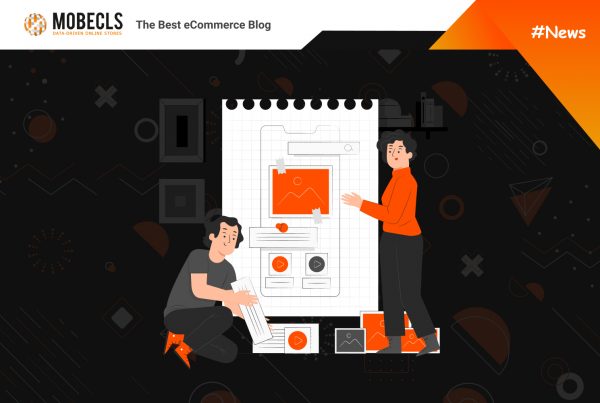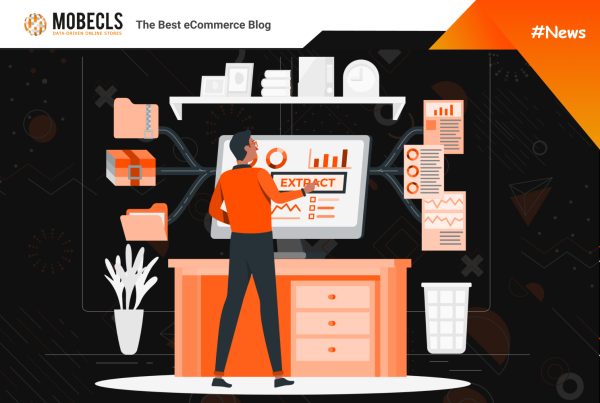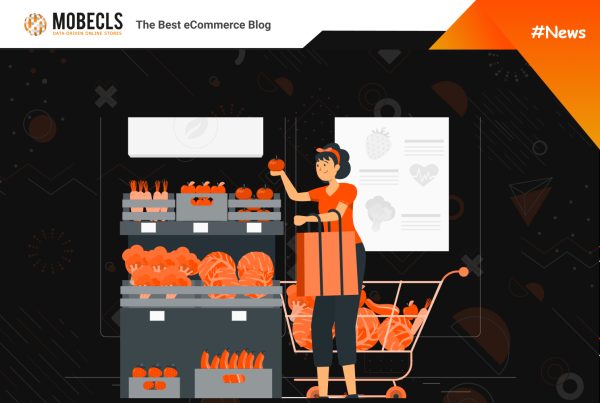Mobile shopping has been experiencing tremendous growth in the last few years. This trend pushes online retailers to adapt to new shopping habits and high expectations of customers. They spend fortunes on innovations, improving user experience and performance. However, struggling to create an effective technological solution for users, merchants discover that app development is costly and time-consuming. Fortunately, the industry is constantly changing, and entrepreneurs have more tools to win over mobile users.
Progressive Web Apps (PWA) is a relatively new and promising technology that changes the way people interact with websites. Although PWA has been around for a while, its popularity has skyrocketed over the past few years. Below you’ll find an overview of Progressive Web Apps technology, its features and benefits, practical tips, and how to integrate PWA into your Magento 2 store.
Benefits of Magento 2 PWA Integration
Lower Development Costs and Versatility
PWA works on any platform, both offline and online. Moreover, PWAs work on different browsers and screen sizes (iOS, Android, mobile devices, laptops, etc.). It helps to avoid the limitations of specific platforms and browsers. You don’t need to spend money on PWA development for each browser or device as it’s the same for all systems. That’s not only cost-efficient but also allows your brand to cover a bigger audience, regardless of their devices. A single native app may cost you $10,000, while progressive web apps are more affordable.
Speed and Loading Time
If your website loads more than in 3 seconds, 53 % of visitors will leave it and never come back. PWAs use Client-Side Rendering, allowing developers to make their websites entirely rendered in the browser with JavaScript. It results in a much faster page load speed. Moreover, PWA removes lags while browsing, which improves user experience and satisfaction.
Push Notifications
PWA supports push notifications which is a great feature to keep current users engaged and re-engage those who abandoned their carts during checkout. This functionality motivates customers to open the app more often, ensuring doubling up the time spent on shopping and increasing your conversion rate. Push notifications are great for launching solid marketing campaigns to inform customers about hot offers, news, order progress, and more. It’s a unique communication channel that can become an indispensable part of your users’ every day.
Offline Browsing
PWA can operate in an “offline mode” like a mobile application. It’s possible to override standard browser caching with custom rules. Furthermore, the cache storage is independent of the remote server. It significantly boosts user experience as this feature allows browsing a store while on the subway or being in areas with a bad internet connection. When a user clicks the Back button, they see a cached page with the previously retrieved data, not a 404 page. Moreover, it’s even possible to checkout online. However, customers will finish the purchase only after reestablishing the connection.
Advanced SEO
Google’s SEO requirements have become pretty strict over the past few years. We guess you have noticed it while testing your websites with the Google PageSpeed Insights. PWA is the solution highly promoted by Google developers, so most of the progressive web apps load almost instantly on mobile devices and fit in well with these requirements.
Deploy PWA to APP Stores
The opportunity to be listed in an app store is one of the main reasons business owners invest in iOS and Android apps development. Thanks to Trusted Web Activity, you can convert any Progressive Web App into a native app within a few hours. Then, you can deploy it both to the Apple App Store and Google Play Store without developing an app from scratch, which is extremely expensive and time-consuming.
Hyperlinks
Unlike native apps, PWA can provide direct links to the necessary section of your website. The customers can follow a hyperlink and access the required information without searching for it. You can also use direct links to a product or information in your marketing campaigns.
Home Screen Save
When a user opens a PWA, they receive a notification suggesting to add it to the home screen for easier future access. The process is smooth and requires no authorization or installation. Adding your PWA to the Home Screen directly from the browser is a great advantage over both apps and websites. PWA allows customers to skip bookmarking your webpage and roaming around Play & App Stores to find and download your application. Moreover, it means creating a fully native application experience without any coding. Once a user adds a PWA to the Home screen, they won’t need to open a browser as it will work full screen and work independently.
No Updates
Updates are a chore for users and online retailers. PWAs don’t require them, actively updating themselves in real-time, just like a website.
Ways to Integrate PWA in Magento 2
1. Install a PWA Extension for Magento 2
Installing a PWA extension is the easiest way to add PWA features to your Magento website. There are a lot of extension providers who offer both paid and free PWA solutions.
Pros:
- Affordable prices (from $0.00 to $150)
- Easy to install
Cons:
- PWA extensions for Magento 2 can’t deliver full features of Progressive Web Apps. These modules can add “Home-Screen Save”, push notifications features, and some other minor functionality. However, they ignore essential features like fast page load speed, offline mode, background synchronization, etc. If you consider buying a PWA extension for your store, carefully read the module’s description and request a demo.
2. Convert Your Site To PWA Using Magento 2 PWA Theme
Magento 2 PWA Themes are an advanced PWA integration solution as all of them are based on Magento 2.3 PWA Studio, ReactJS, and GraphQL. A PWA theme for Magento includes a storefront and built-in API that connects the front and backend.
Pros:
- PWA themes for Magento 2 deliver everything you expect from a Progressive Web App: fast page load speed, a home screen save, full screen display, low data consumption, network independence, and so on.
Cons:
- Although a PWA theme for Magento 2 provides a great storefront and meets the criteria of PWAs, you still have to customize it according to your design.
- PWA themes may conflict with your custom functionality and third-party extension.
3. Coding It Yourself
If you need to develop your own PWA storefront, you can use Magento PWA Studio. It’s a great tool that provides the best compatibility between your backend and the new PWA storefront. However, it’s just a set of tools for developers that allow building a PWA on top of the Magento 2 backend. Thus, you have to be familiar with coding, ReactJS, GraphQL, and many more to achieve the best results.
Pros:
- Cost-saving
- Experiment with changes and designs
- Everything is your choice
- Big Magento PWA Studio community that can help you
Cons:
- Requires substantial coding knowledge
- Slow time-to-market
- Everything is not guaranteed to work
4. Hire a Professional to Develop PWA
PWA is a relatively new technology, so not everyone is comfortable building a storefront without help from professional developers. eCommerce development agencies have years of experience working with different platforms and developing solutions for online businesses. This expertise helps to build storefronts optimized for conversion and user experience boost.
Moreover, an experienced team will develop a solution taking into account your business and design specifics. However, the development process might be more costly than installing a ready-made PWA theme or extension. Furthermore, working with a development team requires clear communication between you and the service provider. You have to provide data on your business specifics and what you want to get from your PWA storefront. It will help to provide the best solution for your business.
Pros:
- Professional developers have years of experience
- Guaranteed performance and functionality
- Better overall user experience
- Faster time to enter the market
Cons:
- Requires proper communication (your requirements and needs) between you and the development team
Need a Professional Team to Integrate a PWA in Magento 2 Store?




